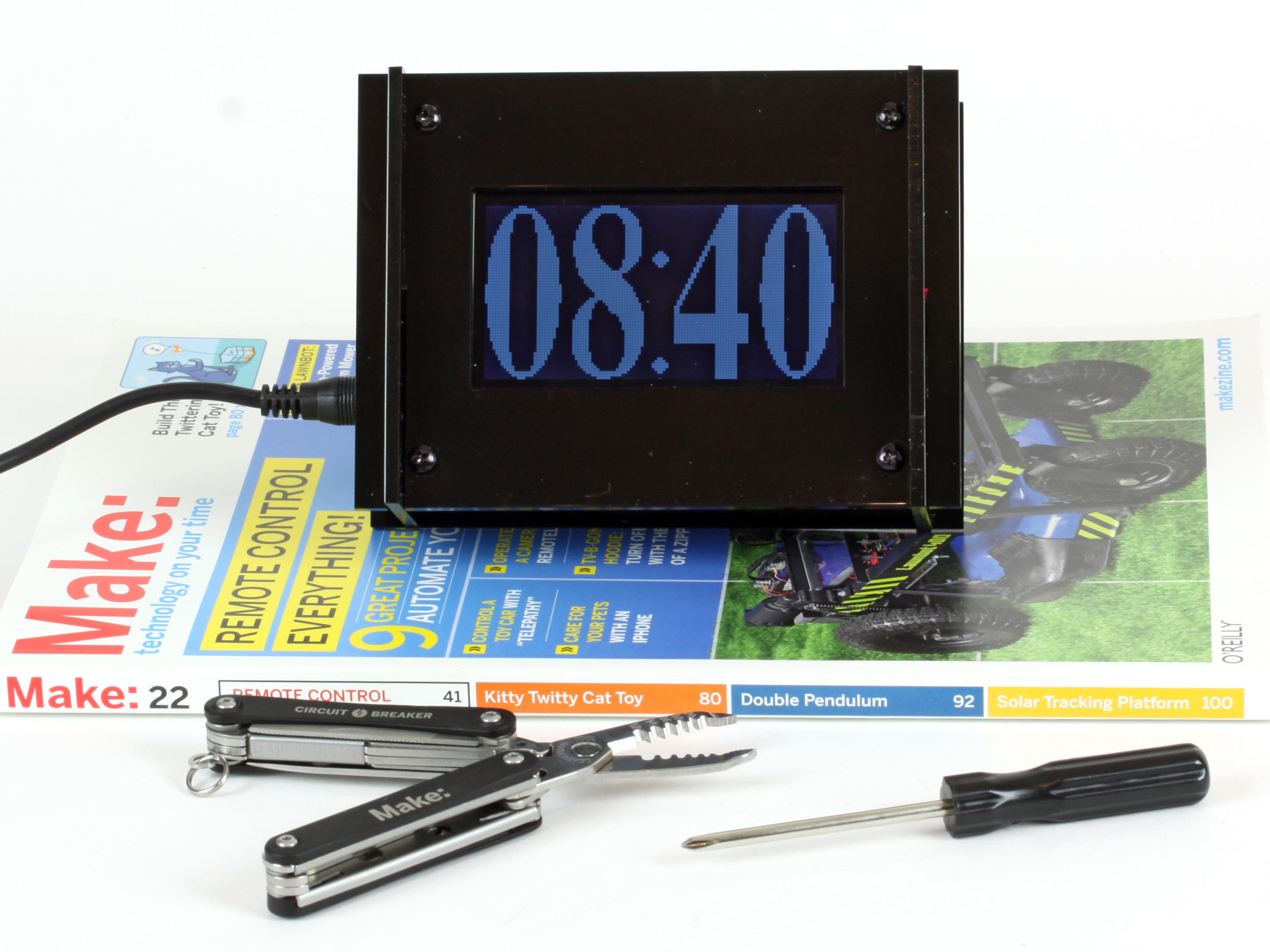Add all the resistors. I found it easy to add all of them at once. Just bend the leads and insert them into the PCB. Once inserted, bend them outwards to hold them in place.
Add one 1Kohm resistor (Brown Black Red Gold) to the spot labeled R1.
Add all the other 1Kohm resistors (Brown Black Red Gold), 5 in total, to the spots labeled R3,R4,R5,R6 & R7.
Add the two 2.2K (red red red gold) resistors to R8 & R9.
Add one 100-ohm resistor (brown black brown gold) to R2′ (<- notice the '). Do not use R2 (no ') unless you want a fixed brightness on the LCD; something you most likely do not want!



